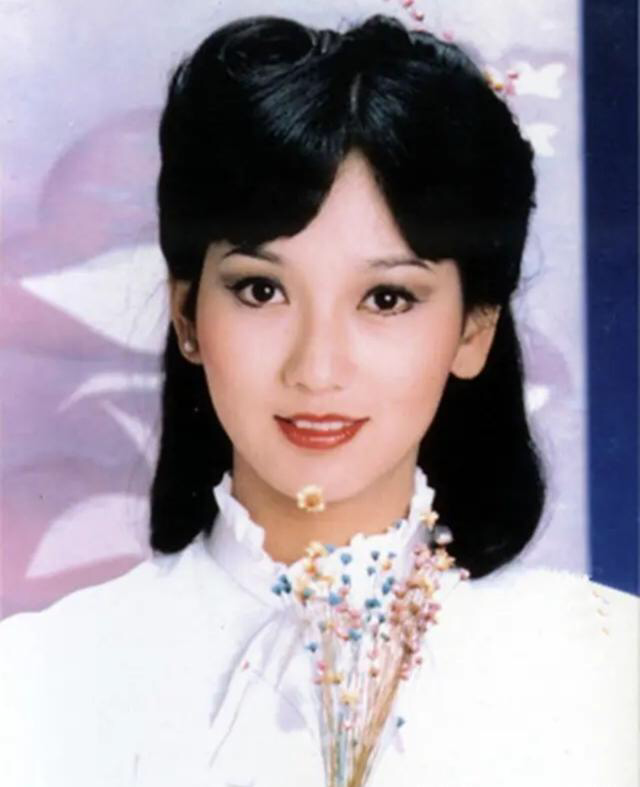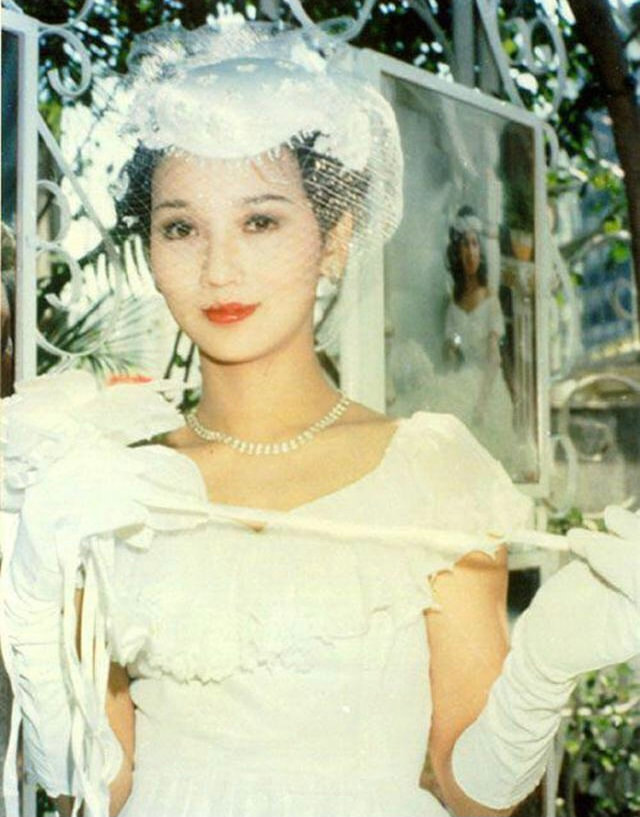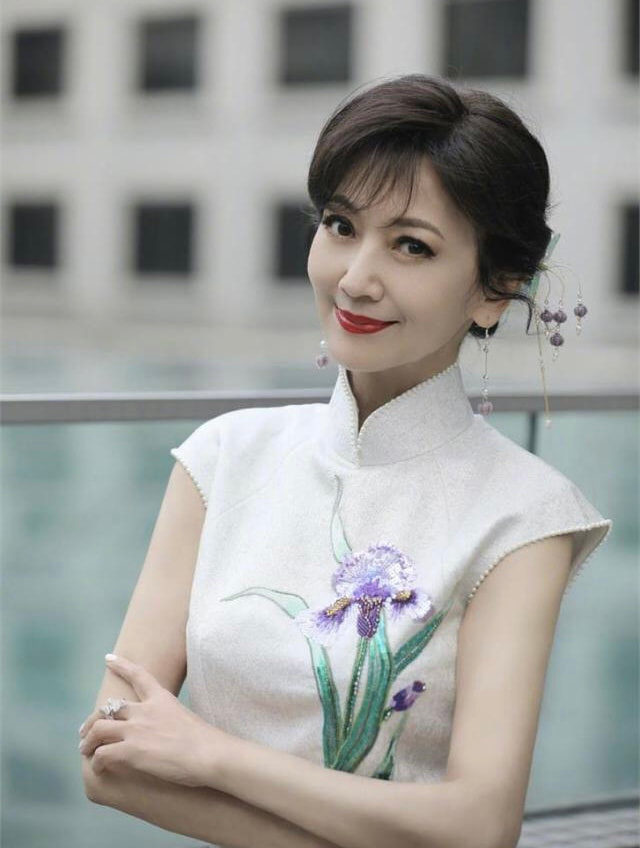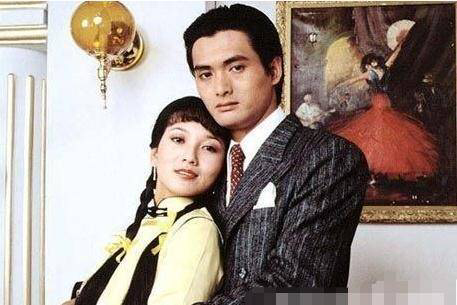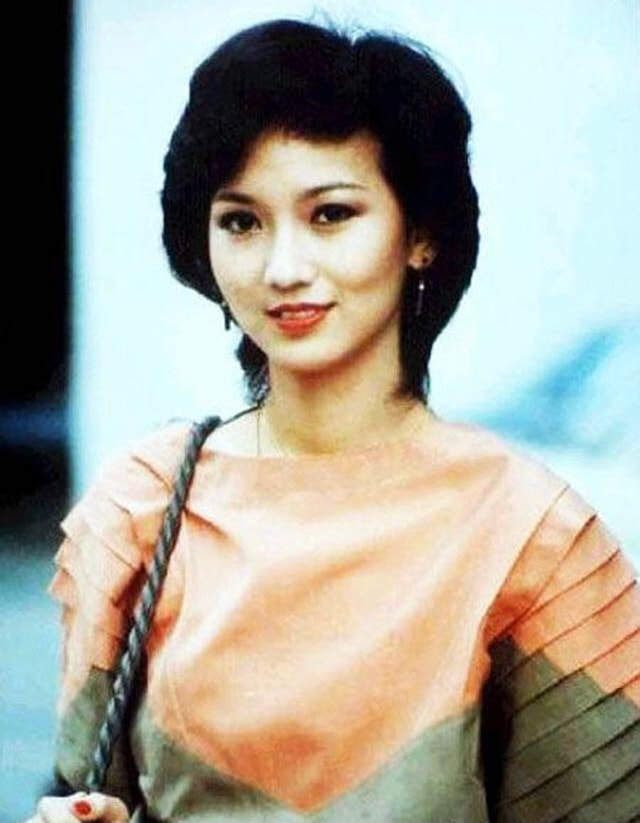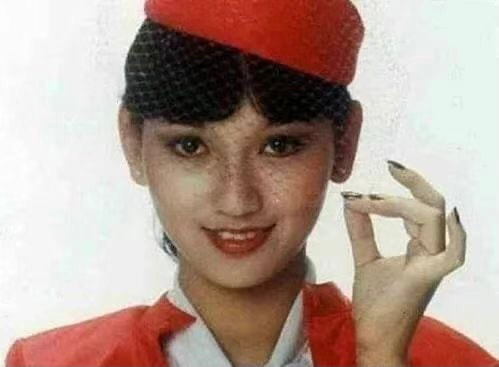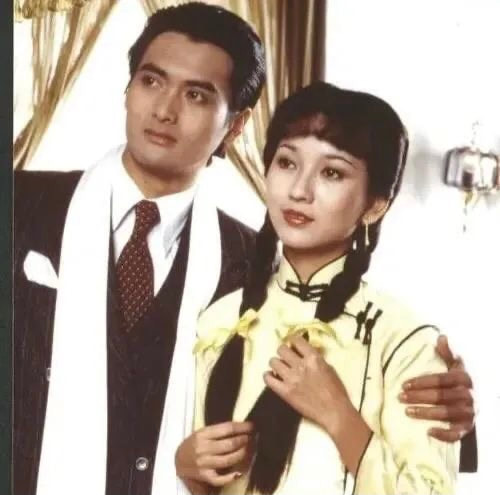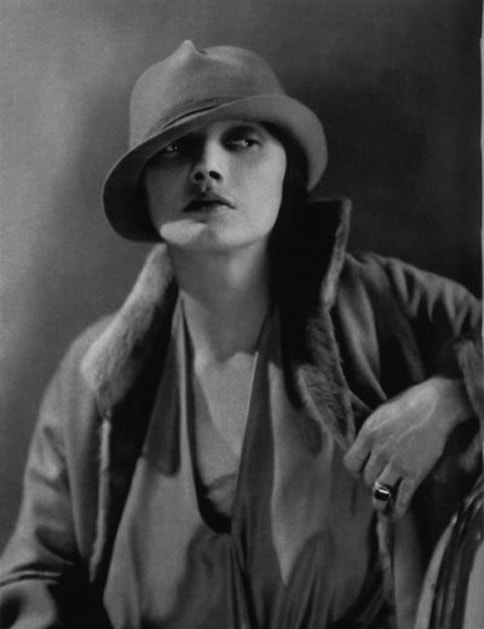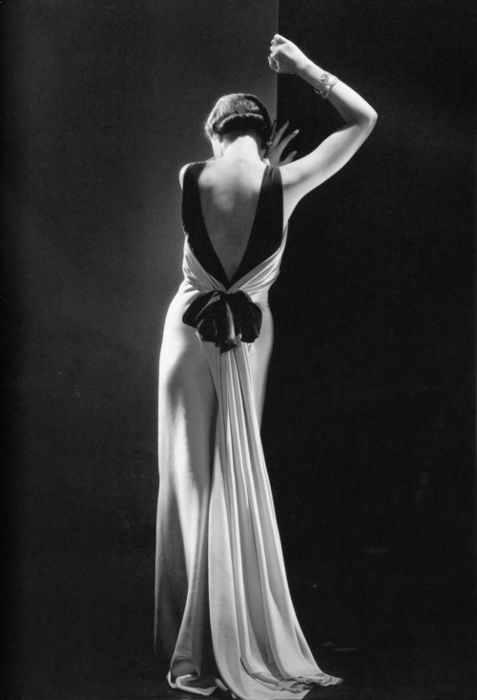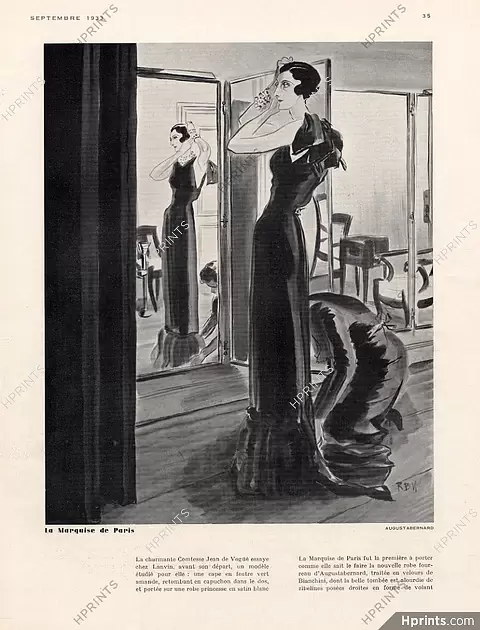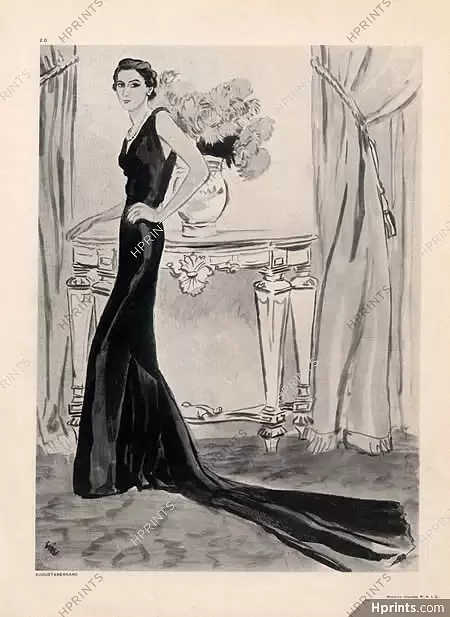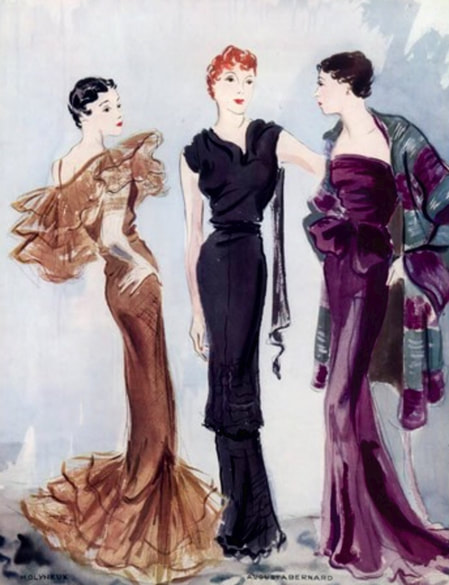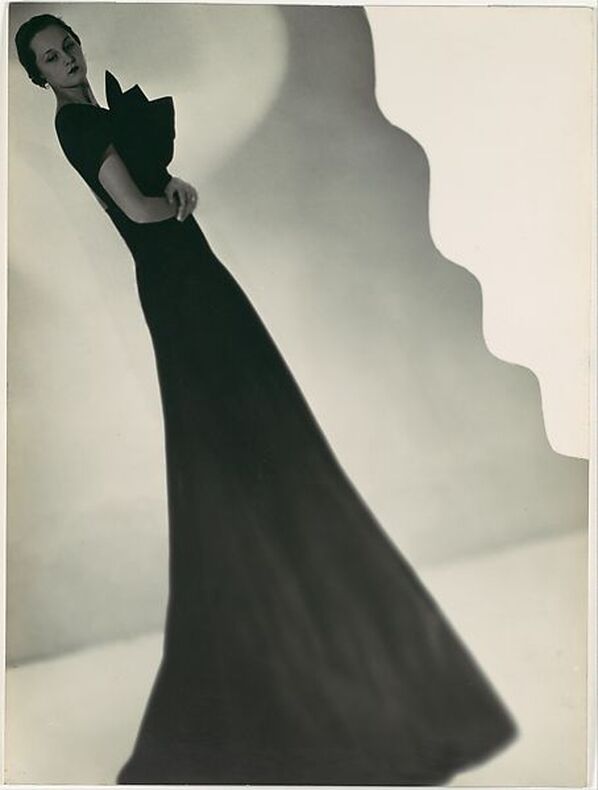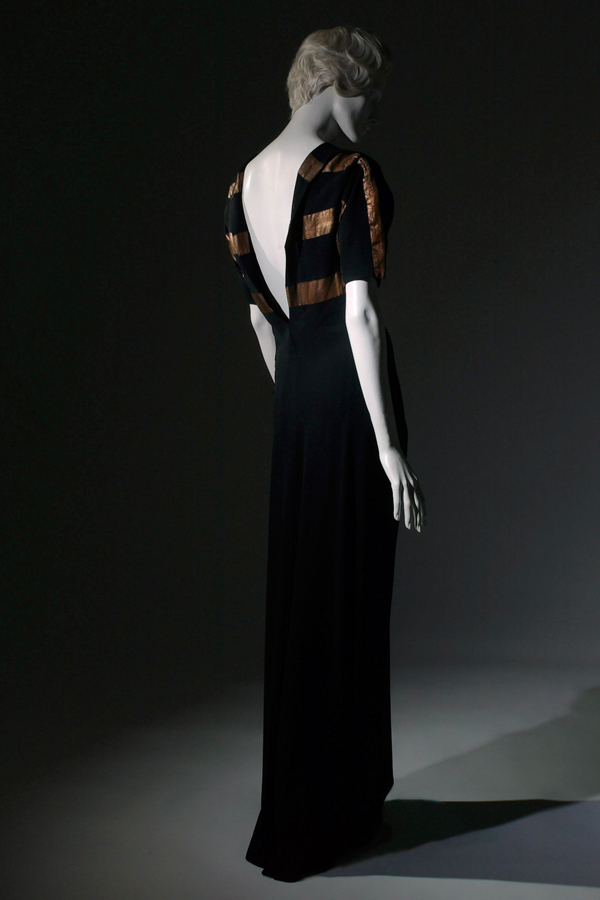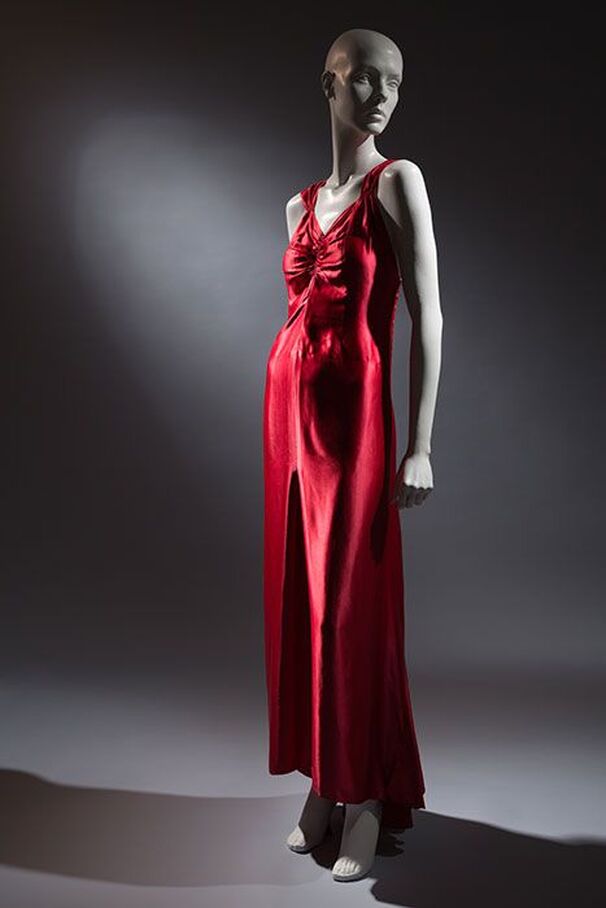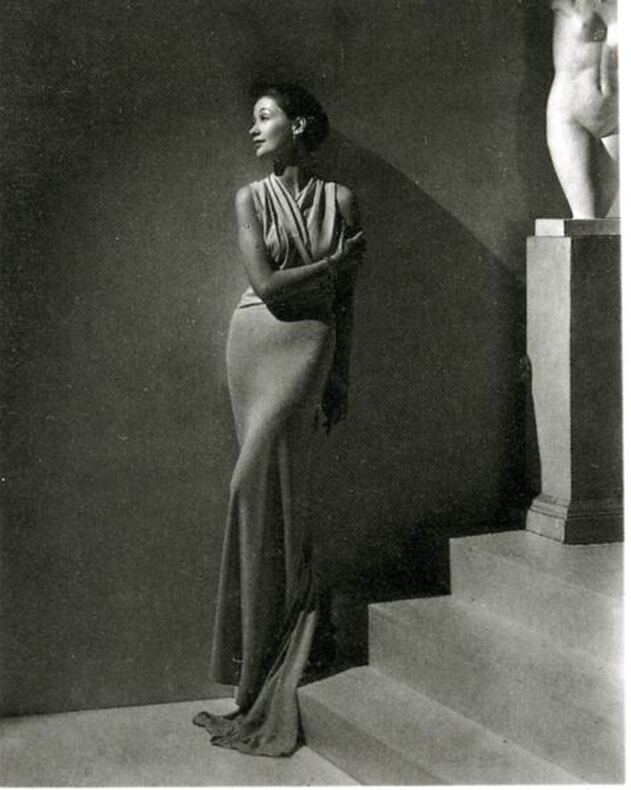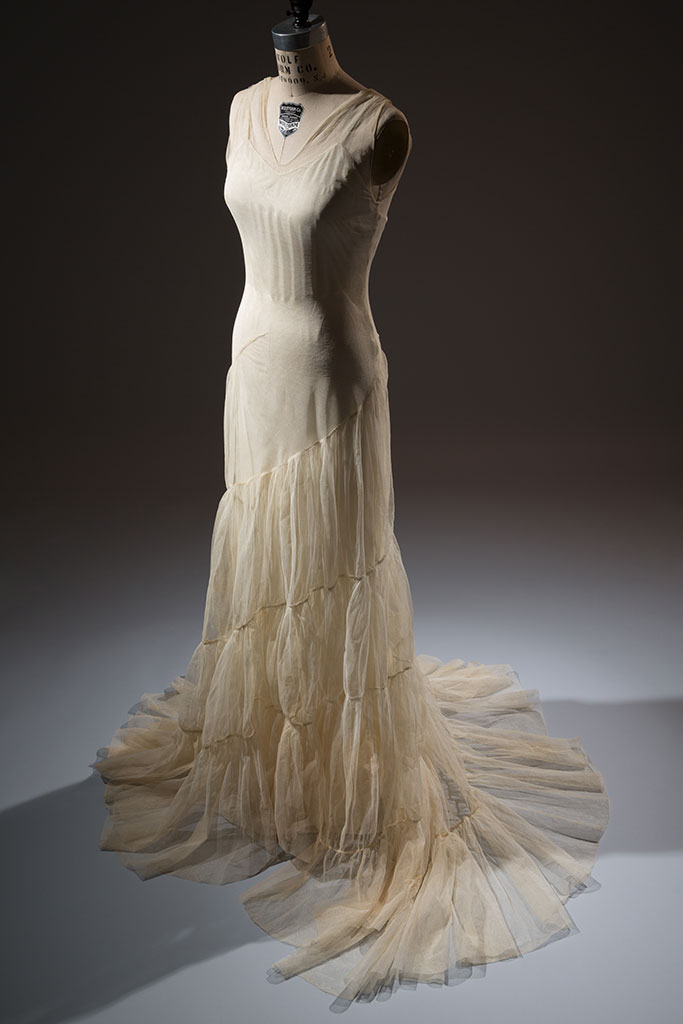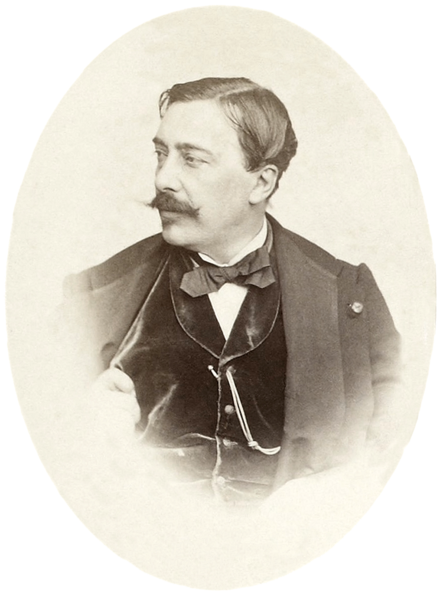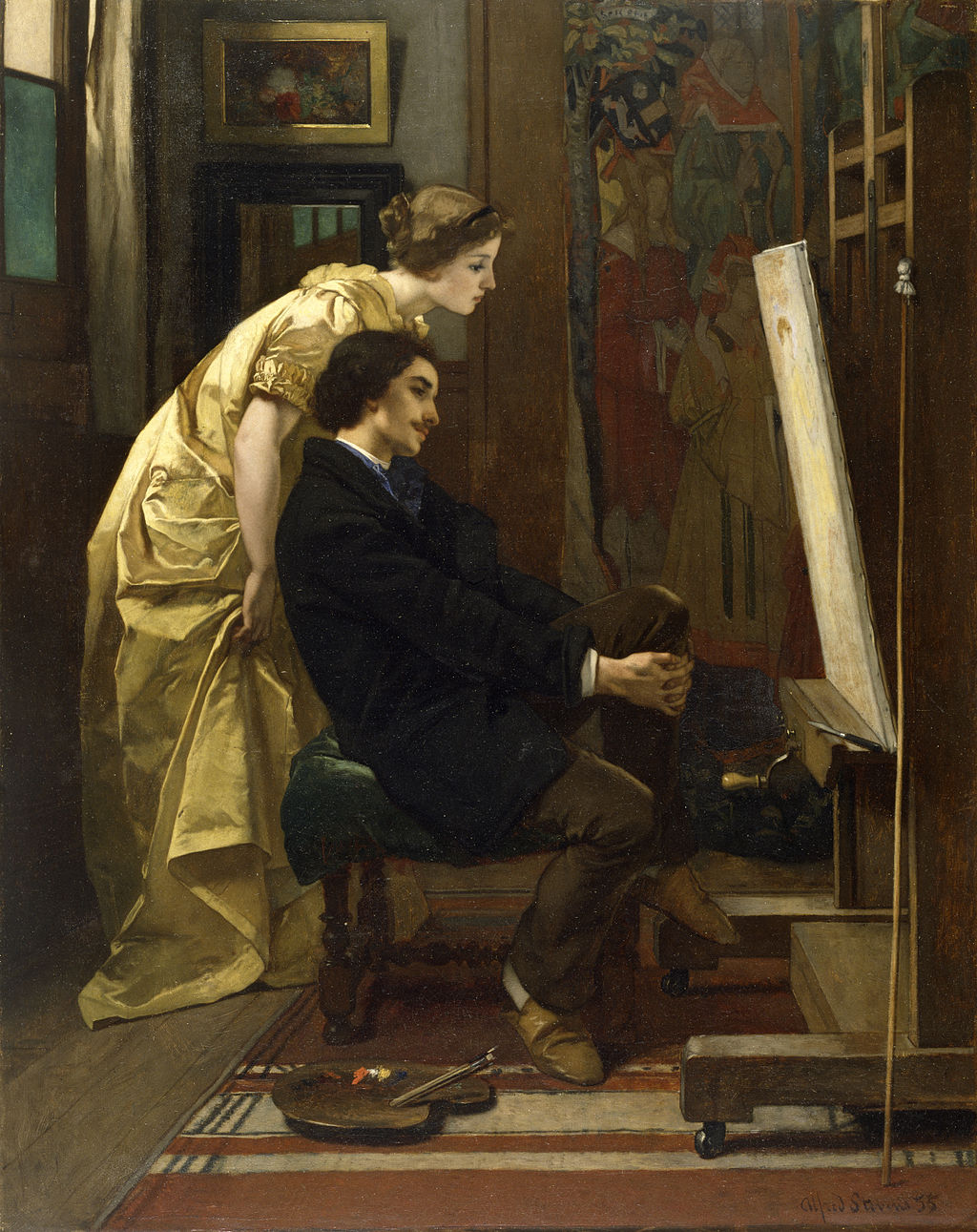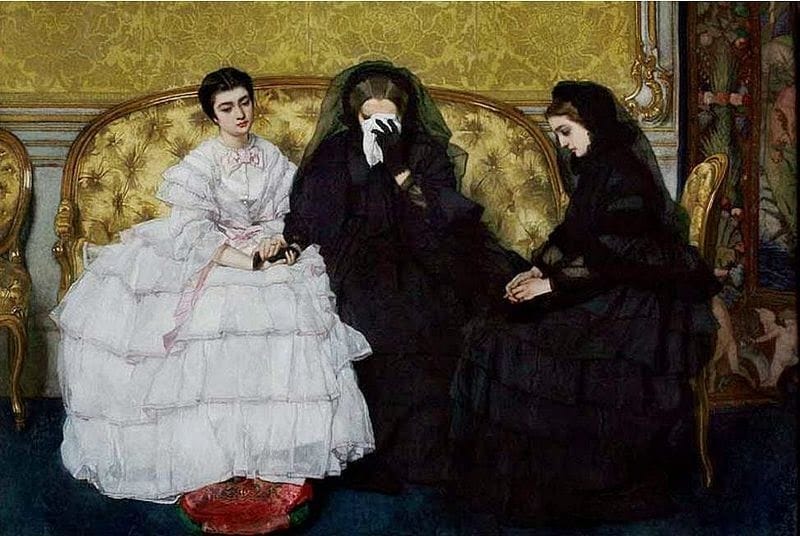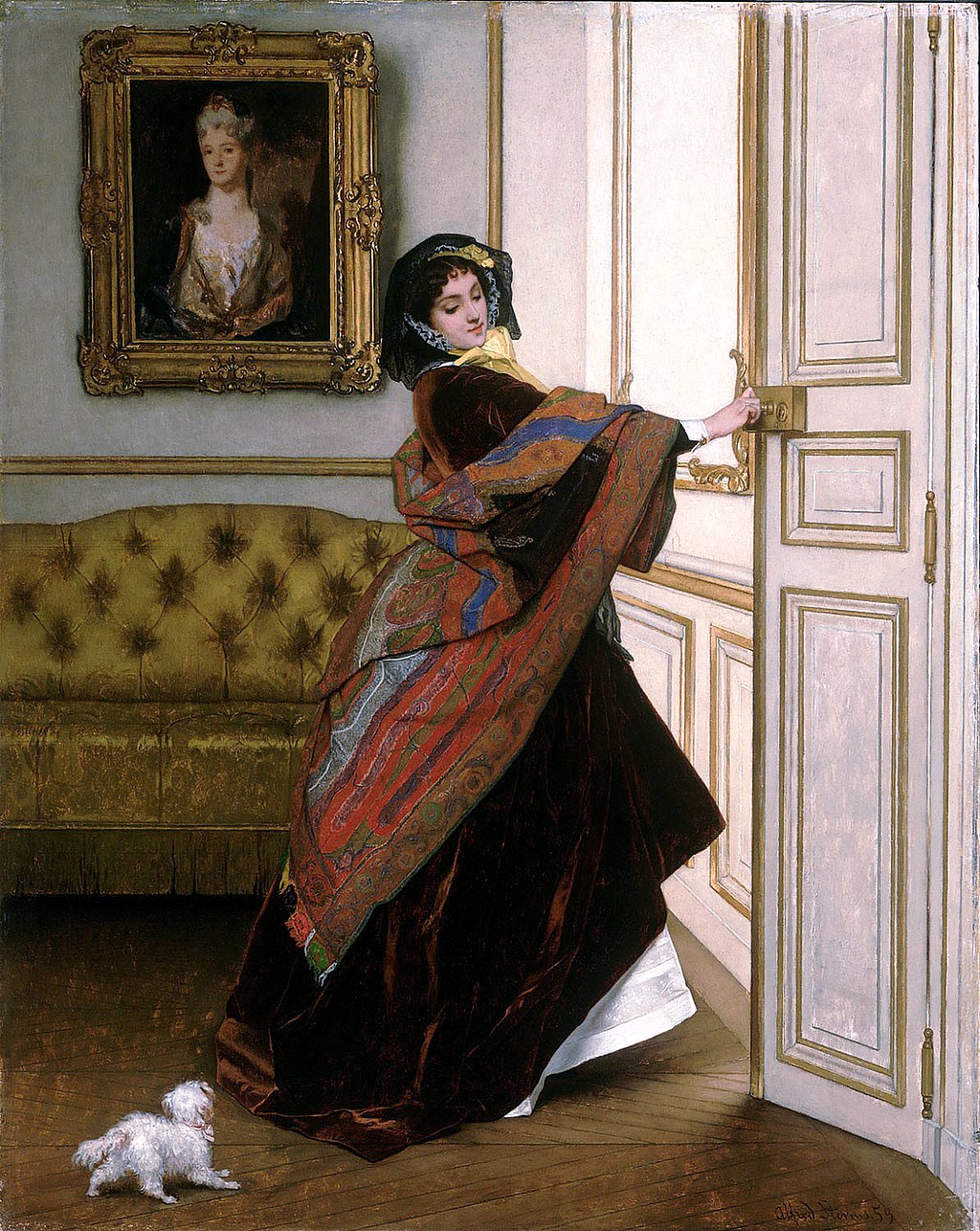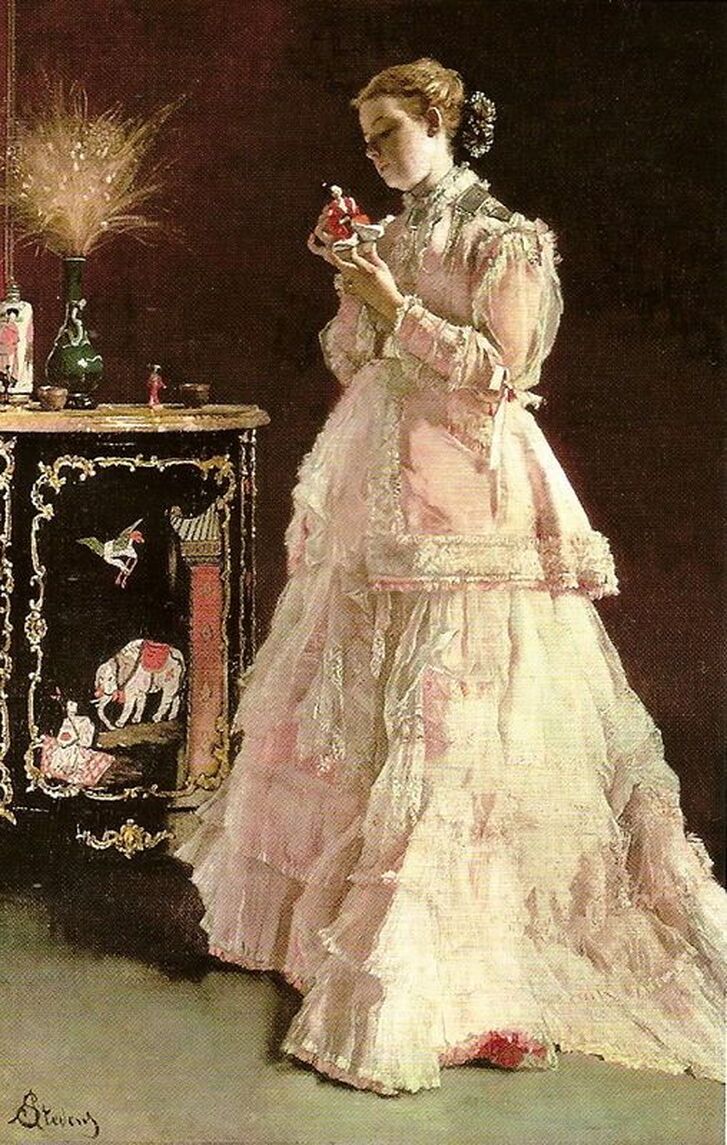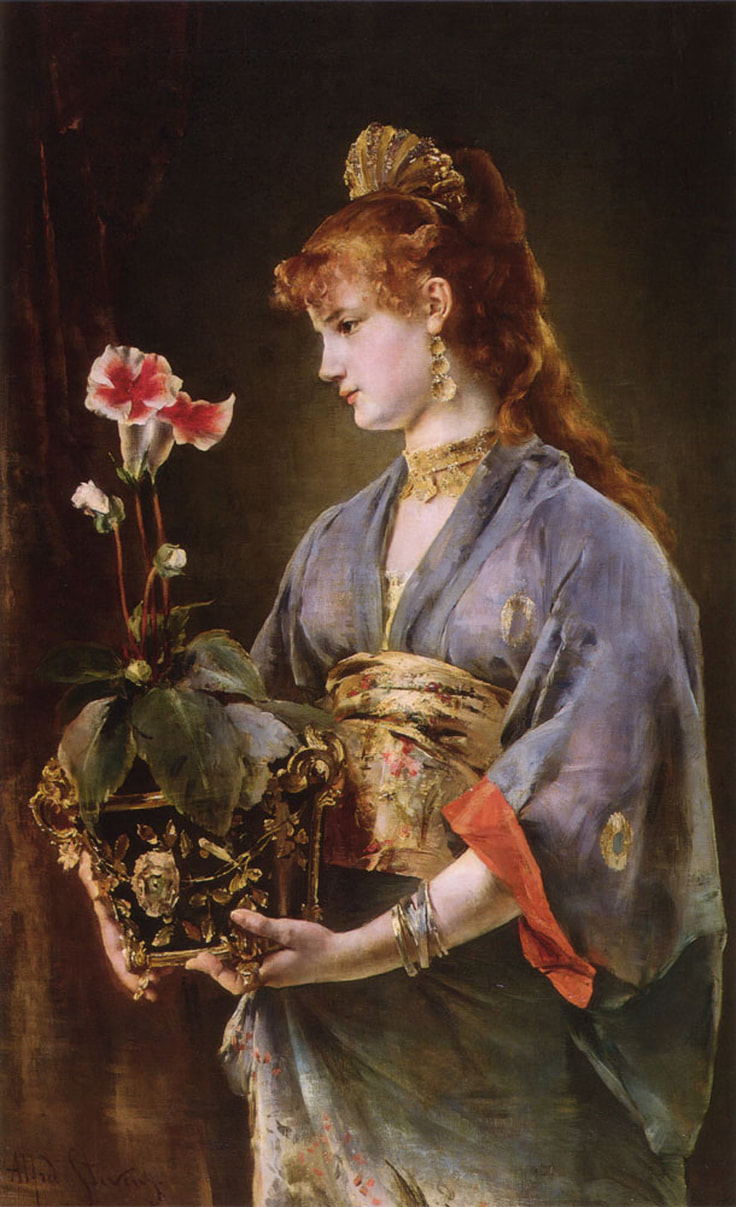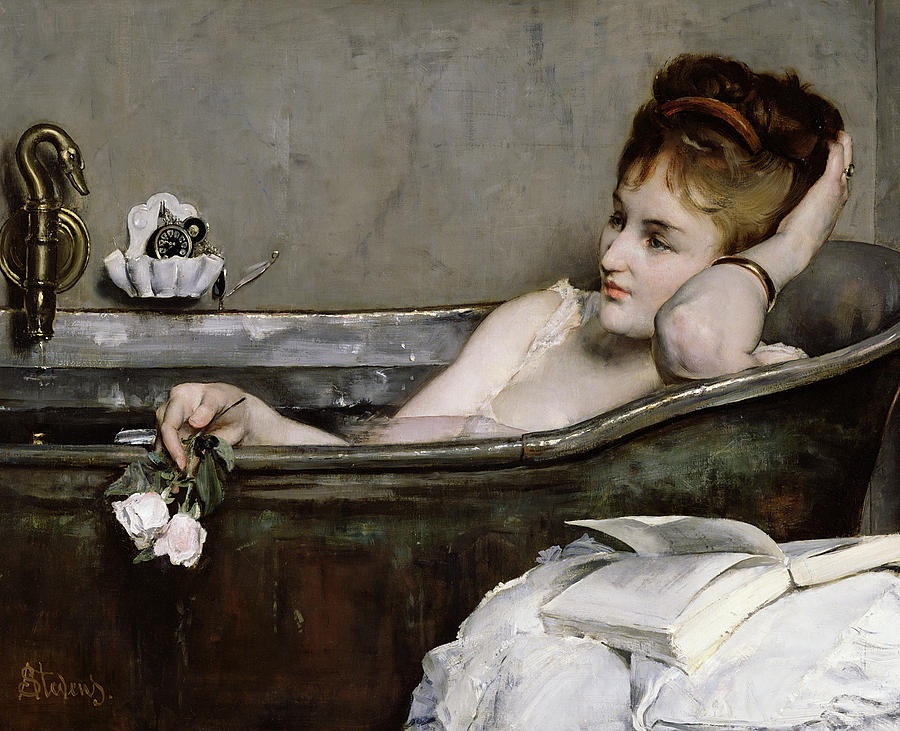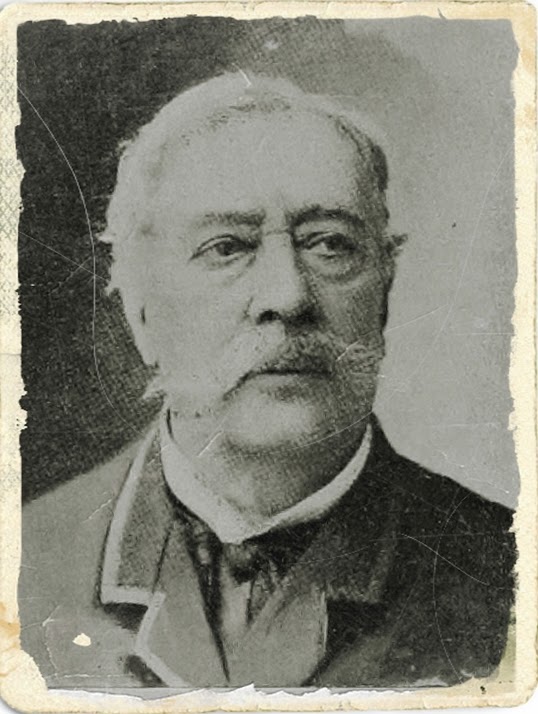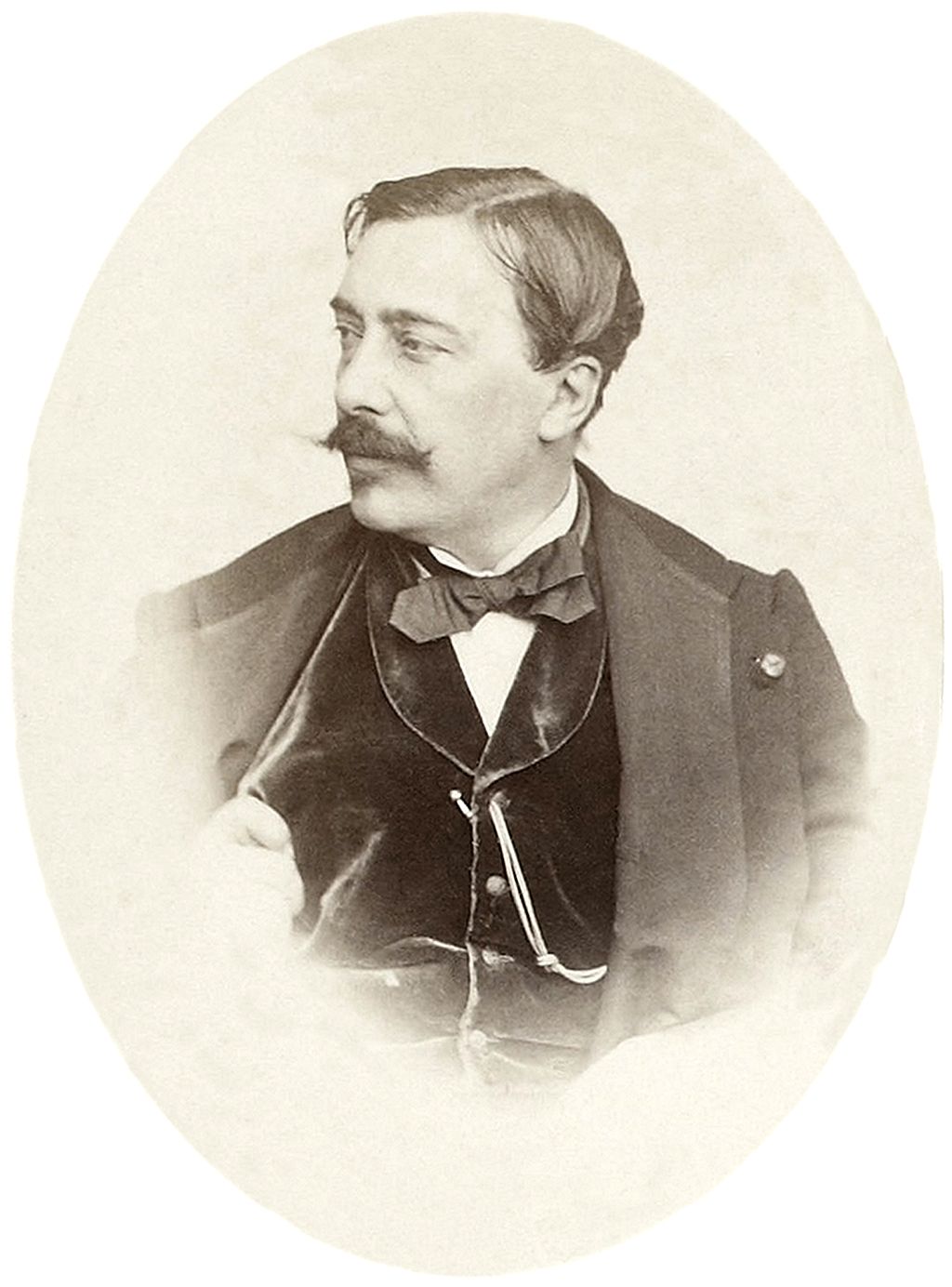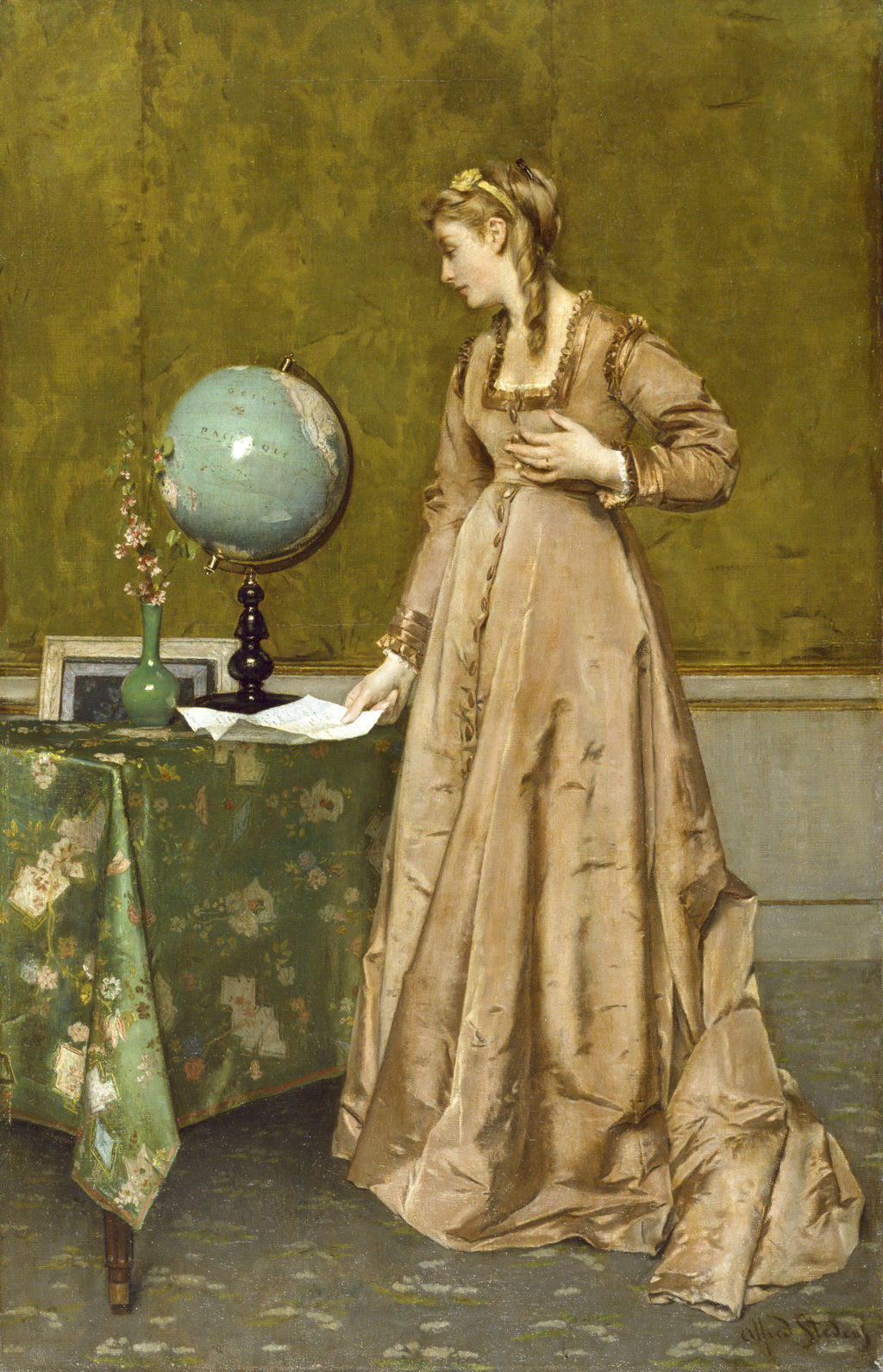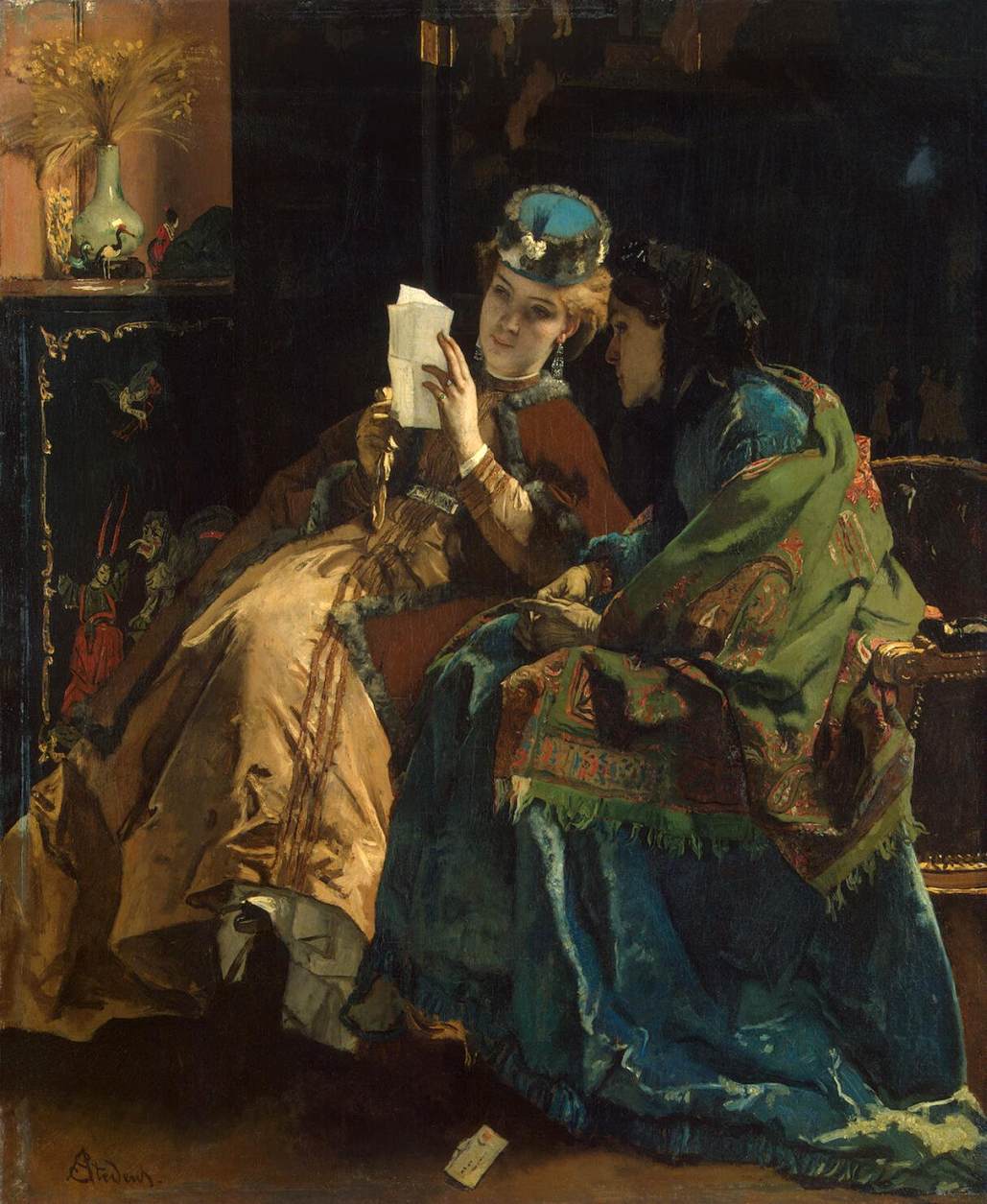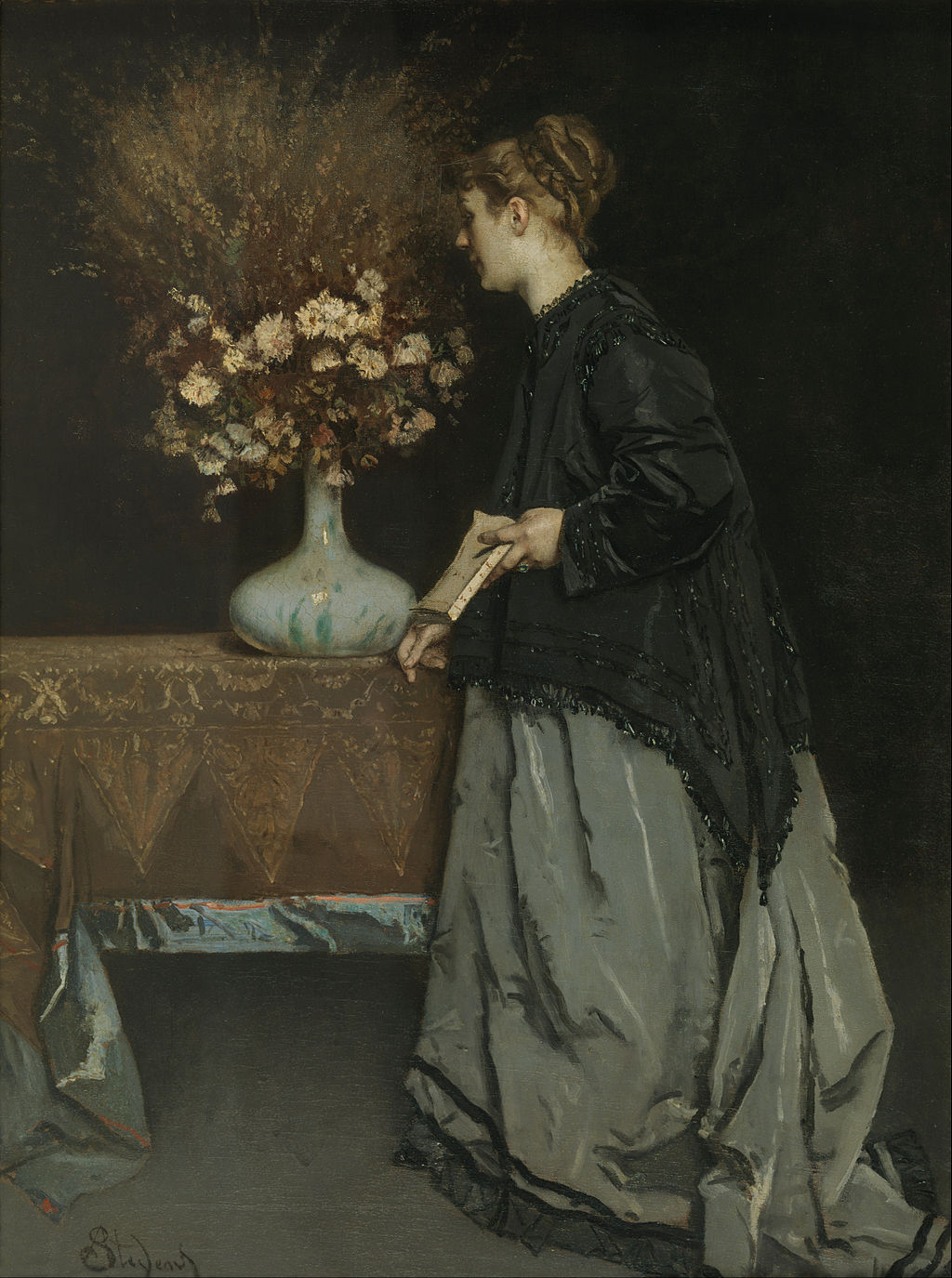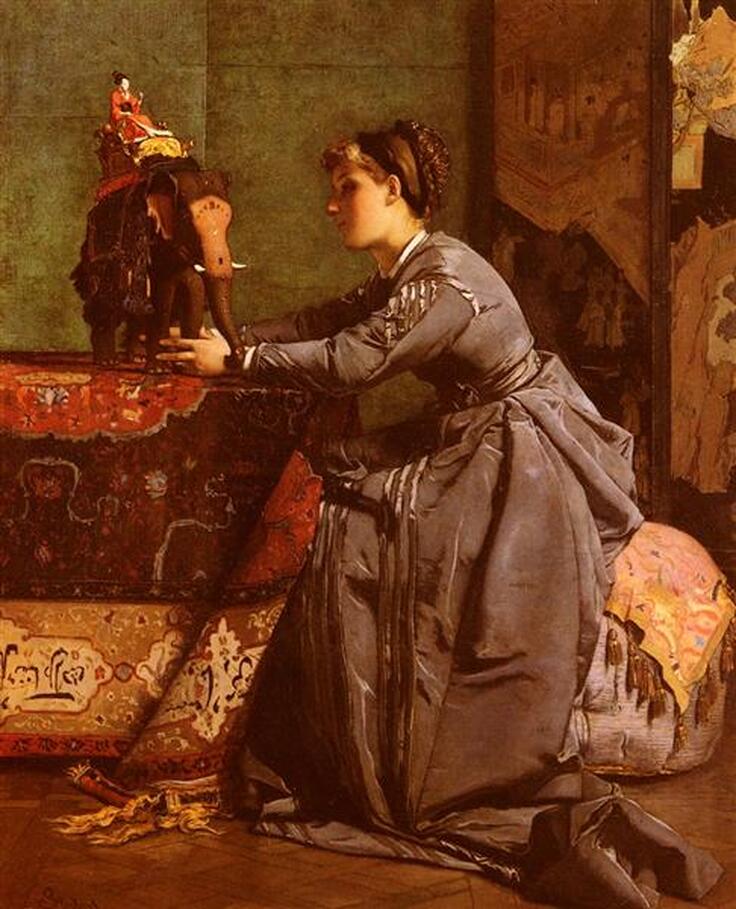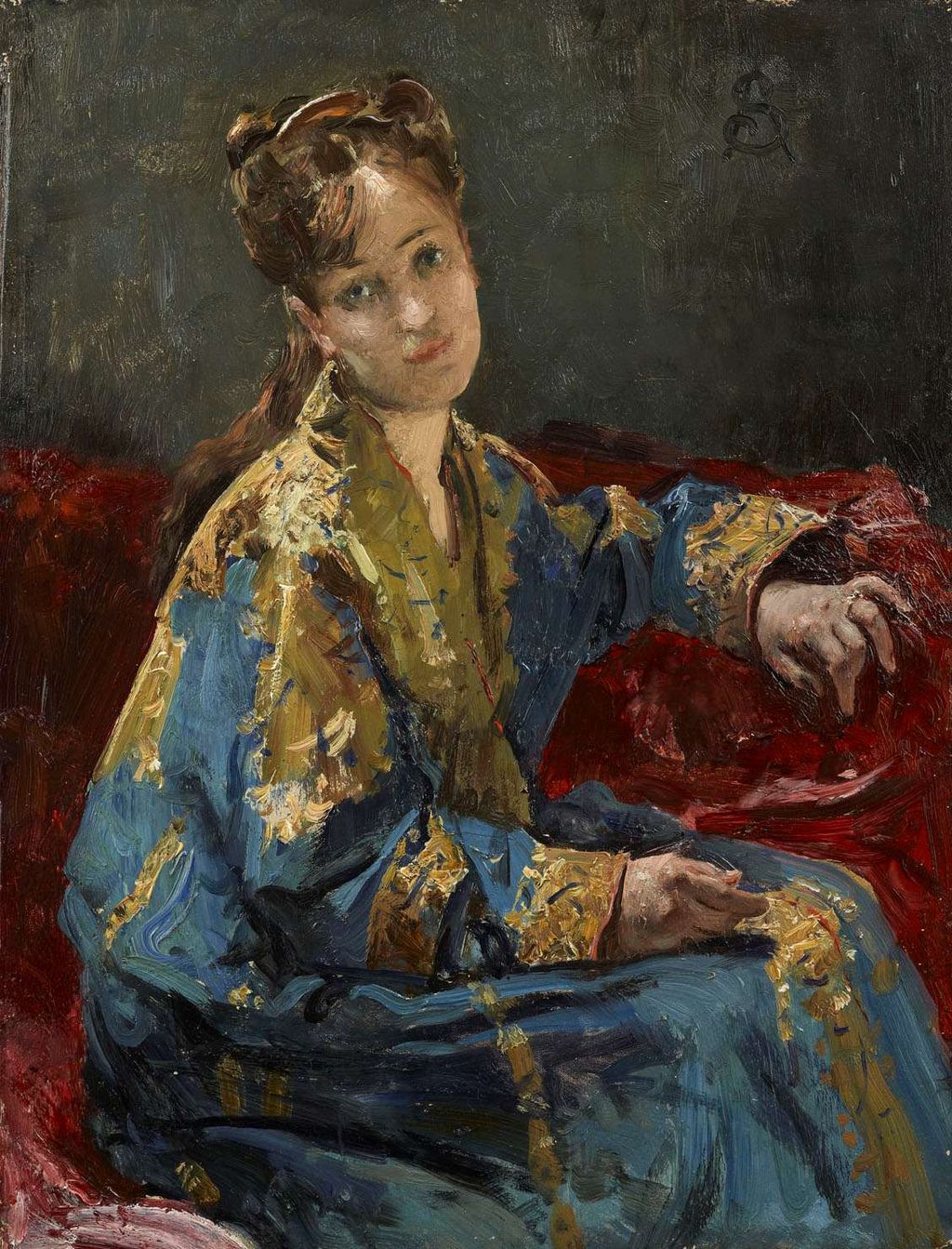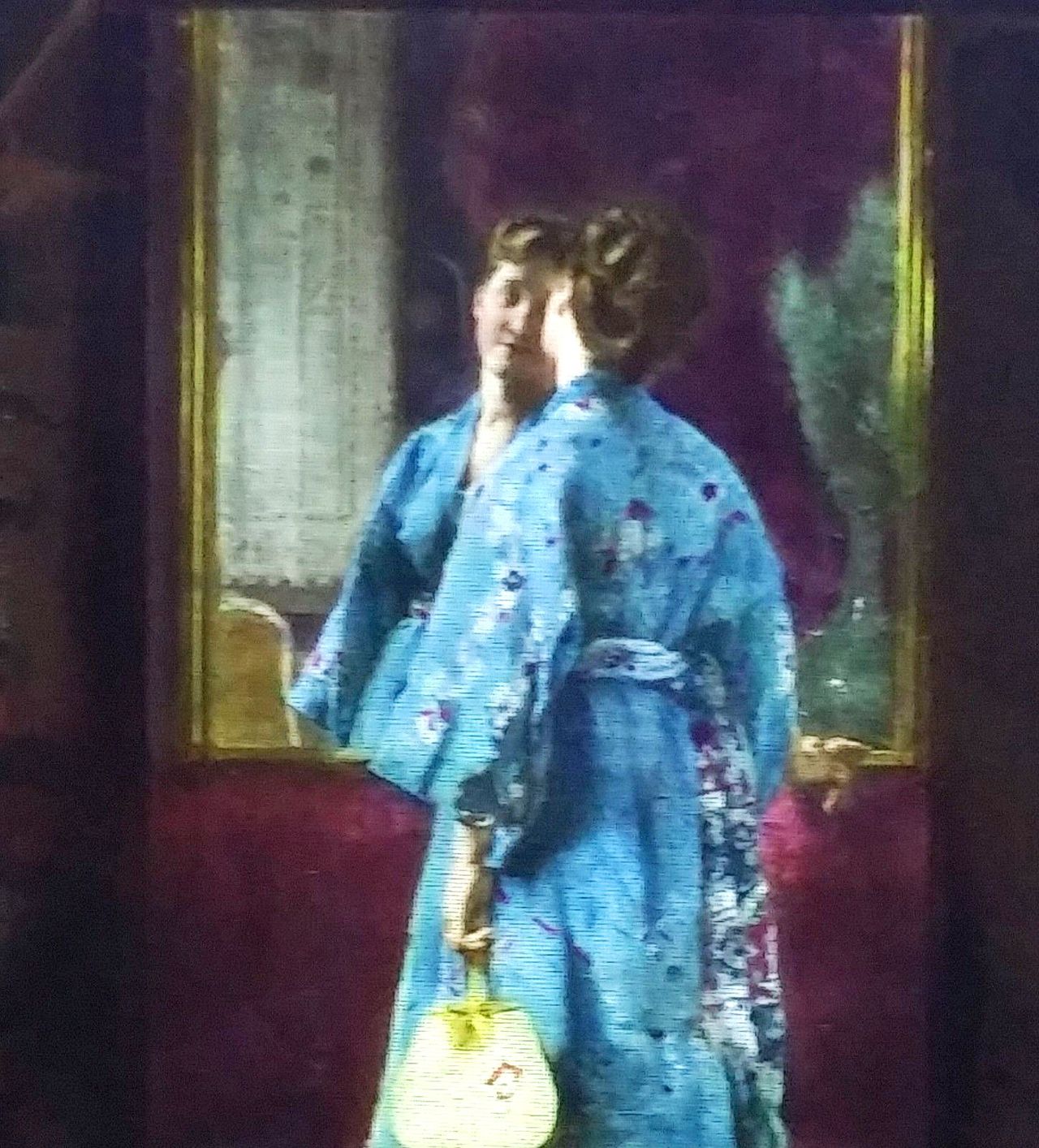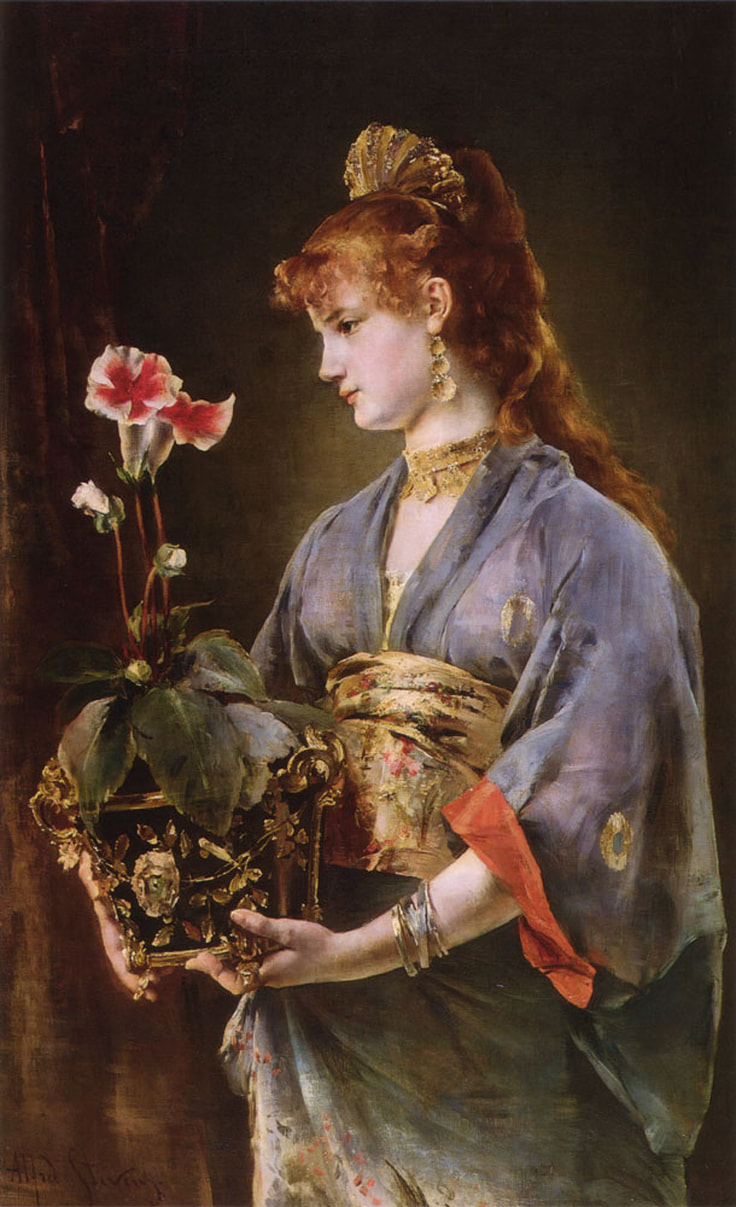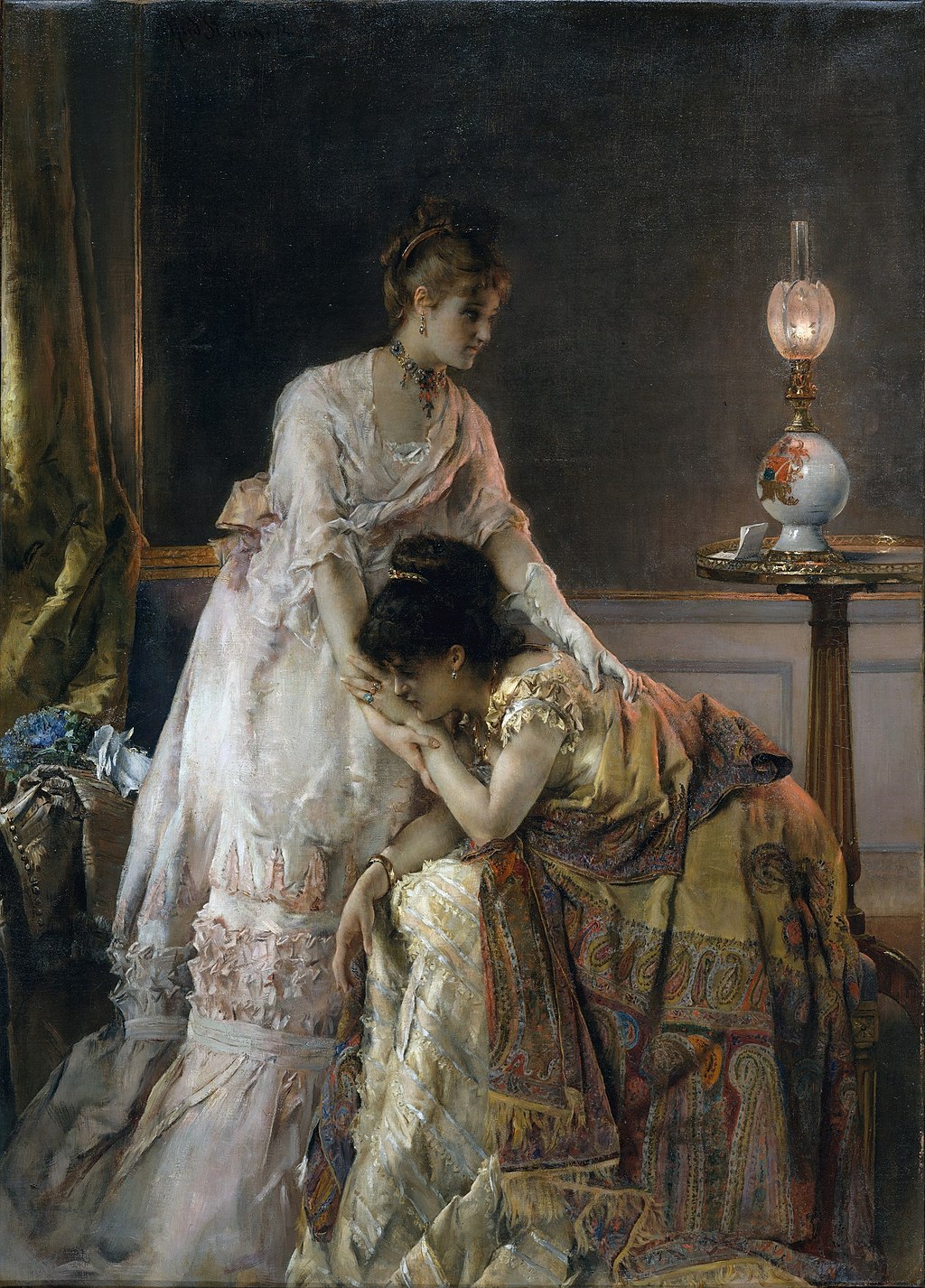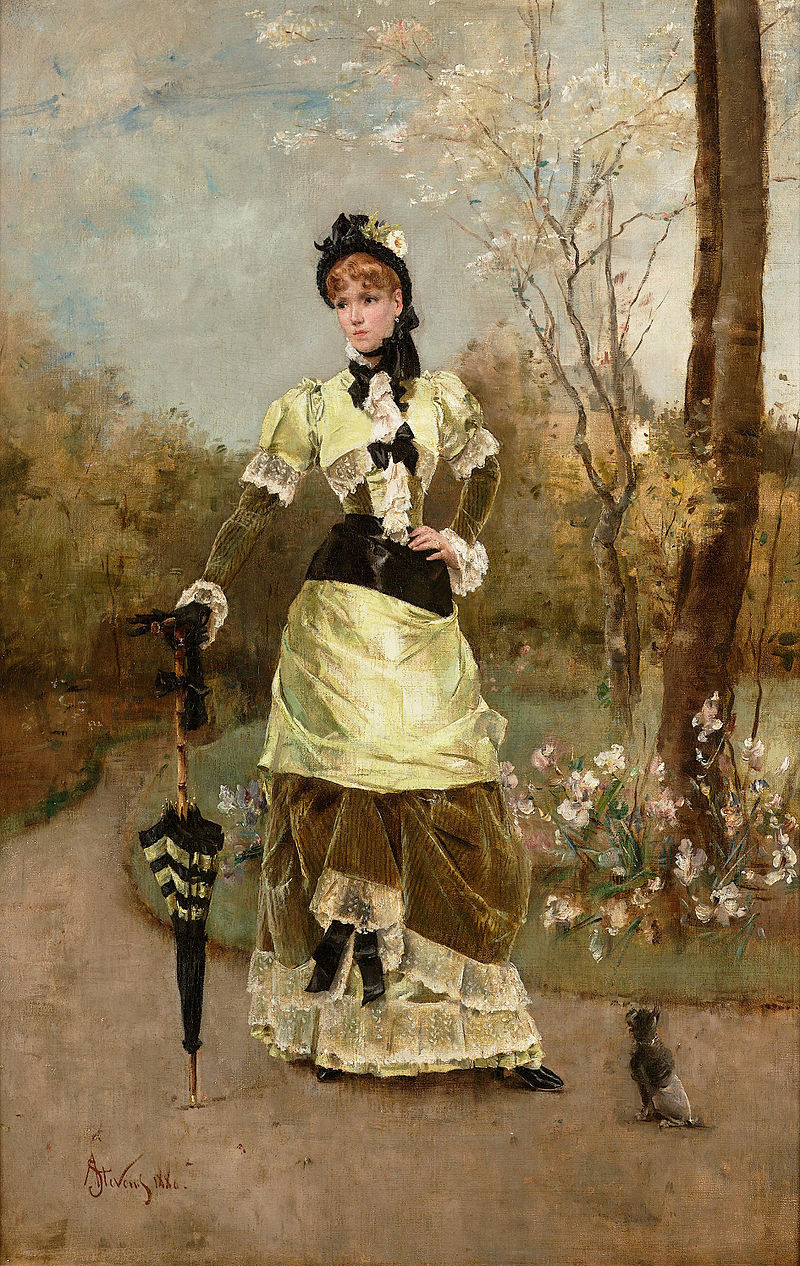|
Angie Chiu (Chinese: 趙雅芝; pinyin: Zhào Yǎzhī; born 15 November 1954) is a Hong Kong actress, and was the third runner up in the 1973 Miss Hong Kong pageant. 趙雅芝(英語:Angie Chiu Ngar Chi,1954年11月15日—),香港女演員,1970至80年代無綫電視「四大花旦」之一。趙雅芝以俏麗脫俗的古裝扮相稱著,曾主演多套經典香港電視劇與臺灣電視劇。其中較為著名的作品除了金庸小說改編劇 《倚天屠龍記》、《刀神》之外,趙雅芝在《上海灘》的角色「馮程程」、古龍小說改編劇《楚留香》系列角色「蘇蓉蓉」、語言學家林語堂名著改編劇京華煙雲的「姚木蘭」、戲說乾隆系列三個單元大相徑庭的角色「程淮秀」、「沈芳」、「金無箴」,均在華人地區受到极大矚目。 1992年,她在台灣電視公司《新白娘子傳奇》片中演出的「白素貞」亦掀起「白蛇熱」。2000年以後,趙雅芝投入多項公益活動,包括向汶川大地震、2011年東日本大震災等捐款,拜訪慰助災區,投入教育與飲水工程勸募,並曾當選歷屆香港小姐組成之慈善團體慧妍雅集會長(2010年 -2012年)。積極投入社會慈善工作為她贏得了2007年華鼎獎公眾形象港台最佳影視女演員獎、與唐國強、彭麗媛、劉德華、梁朝偉等並列最受公眾尊敬表演藝術獎,2015年另獲得17屆華鼎獎中國電視劇傑出成就獎。 BiographyIn 1954, Angie Chiu was born in Hong Kong. In 1971, Chiu graduated from Shung Tak Catholic English College and later worked as a flight attendant at Japan Airlines. In 1973, Chiu participated in the first Miss Hong Kong contest organized by TVB and won the third runner-up. Chiu started her career as a flight attendant for Japan Airline. In 1973, Chiu participated in Miss Hong Kong Pageant. In 1970s, Chiu's acting career began. Chiu is most noted for her leading role in The Heaven Sword And Dragon Saber, Chor Lau Heung, The Bund, opposite Chow Yun-fat and Lui Leung-Wai. In 1975, Chiu married Wong Hon-wai (黃漢偉), a medical doctor. They had two children, Gary Wong (黃光宏) and Ronnie Wong (黃光宜). In 1983, Chiu divorced Wong Hon-wai. In 1984, Chiu married Melvin Wong, an actor. On 7 January 1986, their son Wesley Wong (黃愷傑) was born. He later became an actor. Chiu is a well known actress in Hong Kong, Taiwan, Macau and Mainland China. 生平1971年,趙雅芝畢業於天主教崇德英文書院,之後於日本航空公司擔任空中乘務員。1973年,趙雅芝參加無綫電視舉辦的首屆香港小姐競選,並獲得第四名。1976年,因嚮往演藝圈工作而辭去空勤一職,加入無綫電視戲劇組。 趙雅芝加入無線電視後,開始接拍多部電視劇。其中包括《乘風破浪》裡的施淑楓,《大報復》裡的韋婷,《大亨》裡的朱敏芝,《倚天屠龍記》裡的周芷若,《楚留香》裡的蘇蓉蓉,《上海灘》飾演馮程程。 她同时出演多部電影。1976年,出演電影《半斤八兩》女主角,1979年,趙雅芝與狄龍合作電影《教頭》、與爾冬升合作電影《英雄無淚》、拍攝許鞍華導演的經典電影《瘋劫》。其後,亦在《彈指神功》及《風鈴中的刀聲》中飾演蓉蓉一角。 1978年趙雅芝與鄭少秋合演《倚天屠龍記,使趙雅芝開始走紅。《倚天屠龍記》是趙雅芝的第一部古裝武俠劇, 讓香港觀眾看到她美麗的古裝扮相。過後趙雅芝演不少古裝武俠劇,例如1979年《楚留香》、《刀神》、1981年《飛鷹》使不少觀眾公認她為當時「古裝第一美人」的稱號。其中趙雅芝與鄭少秋主演的1981年《 飛鷹》讓趙雅芝獲得2011年新加坡新传媒华语剧50年《古裝美女第一名》。趙雅芝也憑著在1979年《楚留香》和1980年與的精湛演出更讓她在港台東南亞紅透半邊天,達到演藝生涯的高峰。 至1980年代她仍連續成為無線電視旗下當家花旦。1981年,趙雅芝生完孩子後,客串青春電影《失業生》。 1985年,趙雅芝與無線電視合約期滿,因為家中有三個兒子需要全心撫養,趙雅芝選擇退隱江湖,結束與無線電視12年之賓主關係。 在台灣製作人的優厚待遇和配合寒暑假檔期的情況下,她偶爾會去台灣拍戲,拍戲貴精不貴多,演出過《京華煙雲》、《戲說乾隆》、《新白娘子傳奇》等戲劇。 2002年,趙雅芝重返無線電視,首部回歸作為《西關大少》,再次與劉松仁合作,飾演善良慈祥秘書「伍玉卿」一角。2003年,趙雅芝拍攝完畢後,隨即離開無線電視。偶爾於無線大型節目以嘉賓出場,近期,趙雅芝在無線大型節目以嘉賓出場的節目為《萬千星輝頒獎典禮2009》以及《2012年度香港小姐競選》。 2013年,獲導演王晶邀請特別客串其監製家庭倫理大作《風雲天地》(前名《縱橫天地》)。 2016年,趙雅芝以61歲之齡參加湖南衛視年度真人秀《偶像來了第二季》,與劉嘉玲、莫文蔚、陳喬恩、謝娜及江一燕等人合作,其中更與劉嘉玲成為節目中的重點女神。 趙雅芝於1975年與醫師黃漢偉結婚,1983年離婚,取得兩子(兄黃光宏、弟黃光宜)的監護權。1984年,她與男演員(現為律師)黃錦燊在美國結婚,兩人育有一子黃愷傑。長子黄光宏在一家香港報社工作,二子黄光宜在加拿大讀書,三子黃愷傑就讀於北京電影學院。
0 Comments
Augusta Bernard, also Augustabernard, (1886–1946) was a French fashion designer who gained recognition for creating long, neoclassical evening dresses during the early 1930s. She ran a salon in Rue du Faubourg Saint-Honoré, in Paris, until 1934 when she retired. BiographyBorn in Provence on 12 September 1886, Augusta Bernard began her career as a dress-maker by copying the designs of other couturiers of her era. She opened her first studio in Biarritz, but then moved to Paris in 1922, establishing a studio there the following year. Augusta Bernard specialized in creating long, pale-coloured evening dresses, often cut on the bias. In order to achieve asymmetry, the simple, unadorned designs were often put together piecemeal. Bernard became increasingly prominent over the years, especially in the 1930s after the fashionable Marquise de Paris had won the St Moritz fashion competition in the silver lamé evening gown she had designed. Her salon on the luxurious Rue du Faubourg Saint-Honoré became popular not only with French women interested in haute couture but also with Americans. In 1932, Vogue featured a photograph of one of her neoclassical evening dresses, which had been selected as the most beautiful dress of the year. One of her most prestigious dresses and one of her very last is an ivory tulle gown she created in the autumn of 1934, considered by Patricia Mears, deputy director of The Museum at FIT, to be her magnum opus. With the onset of the Great Depression, Augusta Bernard found it increasingly difficult for her clients to pay their bills for the haut couture. As a result, she closed her salon in 1934 and retired.
Augusta Bernard died in 1946. Alfred Émile Léopold Stevens (11 May 1823 – 24 August 1906) was a Belgian painter, known for his paintings of elegant modern women. After gaining attention early in his career with a social realist painting depicting the plight of poor vagrants, he achieved great critical and popular success with his scenes of upper-middle class Parisian life. In their realistic style and careful finish, his works reveal the influence of 17th-century Dutch genre painting. Alfred Stevens, né le 11 mai 1823 à Bruxelles et mort le 24 août 1906 à Paris, est un peintre belge. Sa carrière a connu une ascension fulgurante tant en Belgique qu'en France où il a passé la plus grande partie de sa vie. Très introduit dans les milieux artistiques et mondains de la capitale, il était l'ami d'Édouard Manet, Berthe Morisot, Alexandre Dumas (fils) tandis que son frère, Arthur Stevens, marchand d'art installé à Paris et à Bruxelles, œuvrait pour faire connaître les peintres français. Stevens a en commun avec Manet un modèle féminin : Victorine Meurent qui pose pour Olympia. D'abord en retrait du courant impressionniste, aimé pour ses scènes de genre dont le sujet est en majorité de jeunes élégantes, ses tableaux se vendent à des prix très élevés. Mais à partir de 1883, saisi d'un doute devant la montée de l'impressionnisme, Stevens a reconsidéré sa peinture et a réalisé des paysages impressionnistes. Pour l'Exposition universelle de Paris de 1889, il reçoit la commande d'une fresque, aujourd'hui propriété des musées des beaux arts de Bruxelles : Le Panorama du siècle. BiographyAlfred Émile Léopold Stevens was born in Brussels. He came from a family involved with the visual arts: his older brother Joseph (1816–1892) was painter, while another brother Arthur (1825–1899) was an art dealer and critic. His father, who had fought in the Napoleonic wars in the army of William I of the Netherlands, was an art collector who owned several watercolors by Eugène Delacroix, among other artists. His mother's parents ran Café de l'Amitié in Brussels, a meeting place for politicians, writers, and artists. All the Stevens children benefited from the people they met there, and the social skills they acquired in growing up around important people. After the death of his father in 1837, Stevens left middle school to begin study at the Académie Royale des Beaux-Arts in Brussels, where he knew François Navez, the Neo-Classical painter and former student of Jacques-Louis David who was its director and an old friend of Stevens's grandfather. Following a traditional curriculum, he drew from casts of classical sculpture for the first two years, and then drew from live models. In 1843, Stevens went to Paris, joining his brother Joseph who already was there. He was admitted to the École des Beaux-Arts, the most important art school in Paris. Although it is said that he became a student of its director Jean Auguste Dominique Ingres, this is likely not true. An early picture by Stevens, The Pardon or Absolution (Hermitage Museum, St. Petersburg), signed and dated 1849, shows his mastery of a conventional naturalistic style which owes much to 17th-century Dutch genre painting. Like the Belgian painter and friend with whom he stayed in Paris, Florent Willems (1823–1905), Stevens carefully studied works by painters such as Gerard ter Borch and Gabriel Metsu. Stevens's work was shown publicly for the first time in 1851, when three of his paintings were admitted to the Brussels Salon. He was awarded a third-class medal at the Paris Salon in 1853, and a second-class medal at the Universal Exposition in Paris in 1855. His Ce qu'on appelle le vagabondage (What is called vagrancy) (Musée d'Orsay, Paris) attracted the attention of Napoleon III who, as a result of the scene in the picture, ordered that soldiers no longer be used to pick up the poor from the streets. Two other paintings he exhibited at the Salon in Antwerp that year, Chez soi or At Home and The Painter and his Model (Walters Art Museum, Baltimore), introduced subjects from "la vie moderne" for which he became known: an elegant young woman in contemporary dress and the artist in his studio. In 1857, Stevens made his first important sale to a private collector, when Consolation was bought for a rumored 6,000 francs by the Berlin collector and dealer Ravéné. At the same time, he and his brother were becoming part of the art world of Paris, meeting people such as the Goncourt brothers, Théophile Gautier, and Alexandre Dumas at the salons of Princess Mathilde as well as popular cafés. In 1858, Stevens married Marie Blanc, who came from a rich Belgian family and old friends of the Stevens's. Eugène Delacroix was a witness at the ceremony. During the 1860s, Stevens became an immensely successful painter, known for his paintings of elegant modern women. In 1863, he received the Legion of Honor (Chevalier) from the French government. His exhibits at the Salons in Paris and Brussels attracted favorable critical attention and buyers. An excellent example of his work during this time is La Dame en Rose or Woman in Pink (Royal Museums of Fine Arts of Belgium, Brussels), painted in 1866, which combines a view of a fashionably dressed woman in an interior with a detailed examination of Japanese objects, a fashionable taste called Japonisme of which Stevens was an early enthusiast. 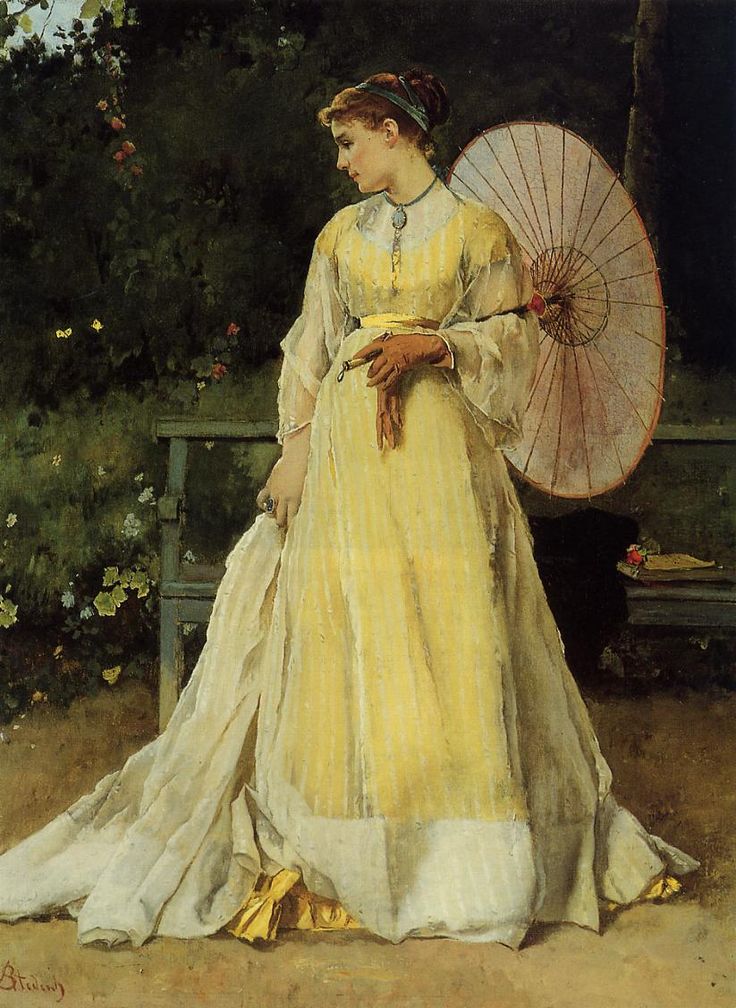 In the Country, 1867, by Alfred Stevens In the Country, 1867, by Alfred Stevens In 1867, Stevens won a first-class medal at the Universal Exposition in Paris, where he and Jan August Hendrik Leys were the stars of the Belgian section, and was promoted to Officer of the Legion of Honor. His friends included Édouard Manet, Edgar Degas, Charles Baudelaire, Berthe Morisot, James Abbott McNeill Whistler, Frédéric Bazille, and Puvis de Chavannes. Stevens fought for the French during the siege of Paris in the Franco-Prussian War, but returned to Belgium with his wife and family before the Paris Commune. They returned after the war, and Stevens continued to achieve critical acclaim as well as great success with collectors. In 1875, he bought a grand house and garden in Paris on rue des Martyrs, which appeared in his paintings as well as those of other artists, including Édouard Manet's The Croquet Party (Städel Museum, Frankfurt am Main) from 1873. (He had to leave the house in 1880, however, to make way for the construction of a new street, which was named after him.) In 1878, he was made a Commander of the Legion of Honor and received another first-class medal at the Salon. In the early 1880s, Stevens' doctor prescribed summers by the sea according to the health condition of the latter. Despite earning a considerable income through the sale of his paintings, Stevens found that a combination of bad investments and excessive spending caused him great financial difficulties by now. A Paris dealer Georges Petit offered him 50,000 francs to finance his vacations in exchange for the paintings Stevens produced during that time. This deal, which lasted for three years, resulted in the sea becoming an important subject for him, and over the rest of his career, he painted hundreds of views of popular resorts along the Normandy coast and the Midi in the south. Many of them are painted in a sketchy style that shows the influence of the Impressionists. Stevens also began to take private students, including Sarah Bernhardt, who became a close personal friend, and William Merritt Chase. Other students were Berthe Art, Charles Bell Birch, Jules Cayron, Marie Collart-Henrotin, Louise De Hem, Harriet Campbell Foss, Georgette Meunier, Lilla Cabot Perry, Jean-Paul Sinibaldi, and Fernand Toussaint. The single most important work from the second half of Stevens's career is the monumental Panorama du Siècle, 1789–1889, which he painted with Henri Gervex. Stevens painted the women and details and Gervex the men, with the help of fifteen assistants. It was shown to great acclaim at the International Exhibition held in Paris in 1889. He also received several great professional tributes. In 1895, a large exhibition of his work was held in Brussels. In 1900, Stevens was honored by the Ecole des Beaux-Arts in Paris with the first retrospective exhibition ever given to a living artist. Supported by patrons led by the Comtesse de Greffulhe, it achieved social cachet as well as popular success. In 1905, he was the only living artist allowed to exhibit in a retrospective show of Belgian art in Brussels. Despite these exhibitions, he was not able to sell enough of his work to manage well financially. Alfred Stevens died in Paris in 1906, having outlived his brothers and most of his friends. BiographieFils du Bruxellois Léopold Stevens (mort en 1837) ancien officier passionné de peinture et collectionneur en particulier des œuvres de Théodore Géricault et Eugène Delacroix, Alfred Stevens est le frère du peintre Joseph Stevens et du marchand de tableaux Arthur Stevens (1825-1890)1. Il est aussi le père du peintre Léopold Stevens. Très vite lancé à Paris où il s’est installé en 1844 sur les conseils de Camille Roqueplan, il devient l'ami d'Édouard Manet, Charles Baudelaire, Aurélien Scholl. Il a été admis à l'École nationale supérieure des beaux-arts. À cette époque, Stevens paraît dans le registre des copistes du Louvre en tant qu'élève du peintre d'histoire Joseph-Nicolas Robert-Fleury. Cinq ans plus tard, il retourne à Bruxelles où il expose en 1851 des tableaux parmi lesquels Le Soldat blessé, première esquisse d'un genre qu'il approfondit avec des œuvres témoignant de la misère urbaine. De retour à Paris, il présente à l'Exposition universelle de 1855 quatre tableaux : La Sieste, Le Premier jour du dévouement, La Mendiante, et aussi Les Chasseurs de Vincennes dit aussi Ce qu'on appelle le vagabondage, que Émilien de Nieuwerkerke voulait faire retirer car le sujet déconsidérait l'armée impériale, l'œuvre présentant des soldats arrêtant des vagabonds. Le peintre abandonne bientôt les miséreux comme veine d'inspiration pour se consacrer aux représentations de la femme contemporaine, alternant encore avec des scènes militaires. Au Salon d'Anvers, la même année, l'artiste est décoré par le roi des Belges pour son tableau Chez soi, représentant une jeune femme se chauffant. En 1858, il épouse Marie Blanc. Il a pour témoins Alexandre Dumas (fils), Eugène Delacroix et un grand nombre de personnalités des arts. À partir de 1860, il connaît un énorme succès grâce à ses tableaux de jeunes femmes habillées à la dernière mode posant dans des intérieurs élégants, à la fois intimistes et mondains. Ceux exposés au Salon de peinture et de sculpture de 1861 lui valent un grand nombre d'admirateurs. Il présente entre autres : Tous les bonheurs ayant pour sujet une femme allaitant, huile sur toile, 116,5 × 89,5 cm, Musées royaux des beaux-arts de Belgique, à Bruxelles, Une Veuve et ses enfants, huile sur toile, 114,5 × 160,5 cm, Musées royaux, Mauvaise nouvelle, encore intitulée La Lettre de rupture, huile sur toile 745 × 54 cm conservée au musée d'Orsay, Le Bouquet surprise, Une mère, Le convalescent... Dans les années qui vont suivre, Alfred Stevens est non seulement un peintre reconnu, mais c'est aussi le plus parisien des Belges, qui va tenter avec son frère Arthur d'introduire les artistes français en Belgique. Arthur propose d'ailleurs un contrat à Edgar Degas pour 12 000 francs par an, Alfred pousse Manet à envoyer un tableau au Salon des beaux arts de Bruxelles de 1869, Clair de lune sur le port de Boulogne. Il rencontre Baudelaire et Eugène Delacroix, qui le cite dans son Journal du 13 mars 1855 pour le prêt d'une tunique turque. Il influence James Whistler avec qui il partage un enthousiasme pour les estampes japonaises Dès 1867, Alfred Stevens a triomphé à l'Exposition universelle où il a présenté 18 toiles, qui lui valent l'obtention de la médaille d'or et la promotion au grade d'officier de la Légion d'honneur, parmi lesquelles : Le Bain et L'Inde à Paris (dit aussi Le Bibelot exotique), que le critique d'art Robert de Montesquiou salue ainsi dans la Gazette des beaux-arts : « Le portrait est celui de Cachemire. Il l'a peint comme son maître Vermeer aurait fait d'une de ces cartes de géographie qu'il donnait pour fond à des femmes pensives. Stevens devient un ami de Bazille et un habitué du café Guerbois et du café Tortoni. Avec la vogue du japonisme, il est aussi l'un des tout premiers peintres de l'époque, avec James Tissot, James Whistler ou Édouard Manet, à s'intéresser aux objets d'Extrême-Orient qu'il trouve notamment dans le magasin de La Porte chinoise, rue Vivienne à Paris, fréquenté aussi par ses amis Charles Baudelaire et Félix Bracquemond. Parmi ses premiers tableaux japonisants on trouve La Dame en rose de 1866, suivi par Le Bibelot exotique de 1867, La collectionneuse de porcelaines en 1868, puis une série de plusieurs toiles de jeunes femmes en kimono réalisées vers 1872. Confirmé par Claude Pichois, Adolphe Tabarant révèle aussi que sous le pseudonyme de J. Graham il a donné au journal Le Figaro plusieurs chroniques vantant le talent de Manet, dont Le Déjeuner sur l'herbe qui figure au Salon des refusés. Sa carrière encouragée par Mathilde Bonaparte et la princesse de Metternich a connu une ascension fulgurante. Mais en dépit du confort que procure la célébrité, Stevens demande à Étienne Arago, maire de Paris, l'autorisation de s'engager dans la Garde nationale pour combattre aux côtés de ses amis lors du Siège de Paris (1870). « Je suis à Paris depuis vingt ans, j'ai épousé une Parisienne, mes enfants sont nés à Paris, mon talent, si j'en ai, je le dois en grande partie à la France ». C'est encore par l'intermédiaire d'Alfred Stevens que Manet va faire la connaissance du marchand de tableaux Paul Durand-Ruel, et de son cercle de relations : Degas, Morisot. Tout-Paris fréquente désormais l'atelier de Stevens situé d'abord au 12, rue Laval qui deviendra, le 10 juin 1885, le second cabaret du Chat Noir de Rodolphe Salis dans les locaux du peintre, puis rue des Martyrs et, à partir de 1880, rue de Calais. Goncourt qui lui rend souvent visite décrit le luxe dans lequel il vit. À cette même époque, Stevens a créé un atelier de peinture pour femmes avenue Frochot, fréquenté par Sarah Bernhardt dont le peintre fera le portrait. Parmi les élèves les plus assidues de cette école, qui selon l'auteur belge Camille Lemonnier « avait été en son temps la plus belle école de Paris... » certaines se consacreront entièrement à la peinture et seront des artistes reconnues de leur temps comme Louise Desbordes, Alix d'Anethan, Georgette Meunier, Clémence Roth ou Berthe Art. Il faut noter que cette école de peinture pour femmes fut le seul lieu ou s'exerça à proprement dit le professorat de Stevens qui n'avait pas de collaborateurs et ne forma pas de continuateurs. Outre Sarah Bernhardt qui fut une de ses premières élèves et dont le peintre a réalisé plusieurs portraits, il est probable que certaines de ses élèves lui ont servi de modèle en même temps qu'il leur rendait hommage en les immortalisant sur la toile, telle Louise Desbordes pour le portrait en pied de la jeune artiste lyrique dans le tableau Un chant passionné ou Clémence Roth représentant la parisienne amatrice d'art vêtue de noir en allusion à son veuvage dans le tableau Dans l'atelier. La mort de Manet, en 1883 va beaucoup l'affecter. Stevens traverse une période de doute devant l'arrivée de l'impressionnisme. Commence alors une période de recherche dans laquelle Berthe Morisot joue un rôle prépondérant. Dans les années 1880 Stevens traverse une crise morale qui l'amène à remettre en question tout ce qu'il fait. Élève d'Ingres, souvent proche de Gustave Courbet, ou de Manet avec Ophelia. C'est le cas de La Jeune mère qui rappelle le style de Berthe Morisot. Ses peintures s'arrachent, le roi des Belges lui commande Les Quatre saisons, les Vanderbilt lui achètent des toiles au prix fort, et pourtant, vers 1883, saisi à la fois d'une grande fatigue physique et d'un doute sur son travail, Stevens part à Menton sur les conseils de son médecin. Et là, il se livre à des expérimentations : des paysages impressionnistes. Il peint aussi des marines et des scènes côtières dans un style plus libre, presque impressionniste, proche d'Eugène Boudin ou de Johan Barthold Jongkind. Vers la fin de sa vie, son style n’est pas sans similitude avec celui de son contemporain John Singer Sargent. Il publie en 1886 Impressions sur la peinture, qui connaît un grand succès. Il arrête de peindre à partir des années 1890 à la suite de problèmes de santé. C'est, en 1900, le premier artiste vivant à obtenir une exposition individuelle à l’École des beaux-arts de Paris. Il meurt au no 17 avenue Trudaine à Paris en 1906. Il est inhumé au cimetière du Père-Lachaise.
Ses tableaux ont été très populaires jusqu'en Amérique, où les tout-puissants Vanderbilt aux États-Unis en achetèrent plusieurs. La plupart restèrent cependant en France ou en Belgique. |
Categories
All
Archives
December 2023
|
